Invisible monsters are criminally underused in horror. Done right, they can be a writer’s best friend. They tend to be willing participants that invite readers to fill in the terrible outlines that hint at their shape. Stories like Josh Mallerman’s Bird Box, A Quiet Place, and Predator are some of the best to do it, breeders of a special kind of fear that comes from keeping their monsters under wraps (at least until they’re forced to reveal themselves). Jonathan Janz’s novel Veil is well aware of the power such creatures possess, and it results in one of the best examples of this type of horror in recent times.
Veil follows high school teacher John Calhoun, a father of two that’s navigating a broken marriage. Suddenly, one day, people start vanishing out of thin air. Men, women, and children are being snatched by an unseen force that seems to know where everyone is at all times. John loses his son first. Then his wife. Before madness fully takes over, the surviving few try to find ways to get a look at the invisible things taking their family members. What awaits is a nightmare that’ll push the very definition of hope to its absolute limit.
Janz finds great success with his invisible threat. The reason for it lies in his ability to know when and how to drop hints as to the creatures’ look and feel. Imagination doesn’t happen in a vacuum. It has to be stoked. Having a main character that’s a schoolteacher lets Janz, who is a schoolteacher himself, turn the mystery behind the abductions into a kind of scientific inquiry that invites readers to put on their thinking caps as well.
Also of note is Veil’s approach to death and violence. For a book steeped in apocalyptic chaos, Veil is quite economical with its bloodletting. And yet, there’s a reason for the restraint. When someone dies in Veil, it hurts. That’s because killings are treated like events, not as throwaway instances of terror meant to shock the system. Their effects linger because of it. It’s a refreshing change of pace that lets uncertainty and loss be the drivers of fear as opposed to high volumes of murder.
The Beat corresponded with Janz to talk Veil, whether his teaching experience played a role in the writing process, and how knowing when to go with the nastier aspects of death and dying can yield different fears of their own.
RICARDO SERRANO: Your fiction is known for not pulling punches, so long as it serves to flesh out certain characters. What do you find works best with blood and gore to get readers hooked on a story?
JONATHAN JANZ: Great question. Basically, I just follow where the story leads, and occasionally that leads to people being spared or dying offscreen, but far more often, I like for things to happen onscreen. Everything is situational, of course, but part of what I’m committed to doing is going there if the situation demands it. So I do.
Last night, my youngest was talking to me about my coming-of-age/IT-esque horror novel Children of the Dark and bemoaning the death of one of her most beloved characters. I kept telling her, “I didn’t kill him.” She responded with, “Yes, you did! You’re the writer!” But I can’t express it enough: I’m not really in control. I’m just along for the ride.
So finally circling back to your question, if someone’s got to die, he’s going to die. If he needs to die horribly, he’s going to die horribly. And because I’m a “go there” kind of writer who wants the audience to really experience the story, I tend to include details that some writers might not. I figure, a reader can always skip something if they want. But for those who want those details, it’s my duty to write them as effectively, as vividly, and as eloquently as I can.
SERRANO: You’re a fellow teacher, so you know what it takes and what’s expected of you when you’re responsible for a room full of kids. Parallels can be drawn from that and your focus on a father’s responsibility to protect his loved ones in a world gone bad in Veil. Did you bring specific ideas from your teaching experience into book in this regard?
JANZ: I hadn’t thought of that, but that’s probably true. I’ve been teaching for a while, so I suspect that perspective is pretty ingrained in my psyche, to the point that I don’t really think about it.
Considering your question and reflecting on Veil, I definitely, without doing it consciously, drew on my experiences as a teacher and a father, and specifically as a father who teaches his own kids in his school classroom. There’s a scene I’m thinking about from Veil in which the protagonist conducts a sort of science-class experience with his daughter. He teaches a lesson of sorts about the aliens, there’s a back-and-forth discussion, and then an organic series of conclusions drawn about the aliens and their possible motives. John (my main character) feels slightly awkward about donning the teacher persona with his daughter because they’re in the basement of their house, but he’s also excited to inhabit that persona because through it, he can be more scientific and think objectively about the problems the aliens have created. But there’s a tension there too, as he sometimes leans into the teacher persona too enthusiastically and forgets how some of his conclusions about the aliens and their motives might be traumatic to his daughter.
So that scene and some of the other moments in the book really came from a place of experience, as I’ve taught each of my children in school. I’ve had my both of my oldest two kids in all four of my courses (Film Literature, Advanced Creative Writing, Creative Writing, and English), which means I’m well-acquainted with the positives and challenges of navigating those dual roles.
SERRANO: You have a heartbreaking but also healing-focused story titled “Lenora” in the It’s the End of the World As We Know It anthology, set in the world of Stephen King’s The Stand. Out of all the things you could’ve focused on to play with in King’s epic novel, what made you settle on animals?
JANZ: I love that description of “Lenora.” Thank you! Animals had been on my mind a lot around the time I wrote that story. I mean, we have eight animals (a dog, two cats, four bunnies, and a snake), so they’re never far from my mind. But around the time I was invited to the anthology, I was thinking a great deal about my dog Elle (named after Eleven from Stranger Things). She’s just the most amazing creature in the cosmos: loyal, loving, kind, nurturing, enthusiastic, amazing. The bunnies love her; the cats love her. I bet the snake would even love her if they ever hung out.
So I was reminding myself to appreciate Elle and to not just let days go by without giving her the extra attention she deserves. Then I saw Guardians of the Galaxy 3, and it just broke my heart. The things that people do to animals…it’s beyond comprehension. So you had those two thoughts kind of caroming around in my head, and for some reason, I imagined an animal pushing through a doggie door into a kitchen. I knew I didn’t want it to be a dog because for some reason it felt like it should be an exotic pet of some kind. I researched exotic pets and wanted both something that would fit through a doggie door, and something that reminded me of Elle and her otherworldly kindness.
That’s when I discovered the dik-dik. From the moment I set eyes on that animal, the whole story sort of wrote itself.
I also really love the protagonist Baker Ludlow. From his name (which is mostly Stephen King-derived, but also an allusion to a Jack Ketchum novel, a connection of which I’m sure Stephen King would approve) to his situation…I feel like Baker has so much King DNA in him. When you put him and Lenora together, I think the story was meant to be.
SERRANO: What other ideas are you desperate to dive into next?
JANZ: I’m 80 percent done with a HUGE novel, my biggest one yet in terms of scope, word count, themes, and ambition. A true epic. It’s a sci-fi/Dystopian/action/adventure/horror/noir/western/romance, and that doesn’t even capture it all.
I’m 70 percent of the way done with a novel that’s in the same universe as my novella The Dismembered. While The Dismembered was an homage to Mary Shelley’s Frankenstein, this one is an epistolary novel with some Dracula flavor. It’s called The Impaled.
Lastly, I’ve begun work on Ghost Frame, which is set in the world of movie editing and involves a lost, cursed, German Expressionist film called “The Teeth of the Wraith.” It’s scary as hell, and I’m having a blast writing it.
Thank you so much for having me. This has been a blast!











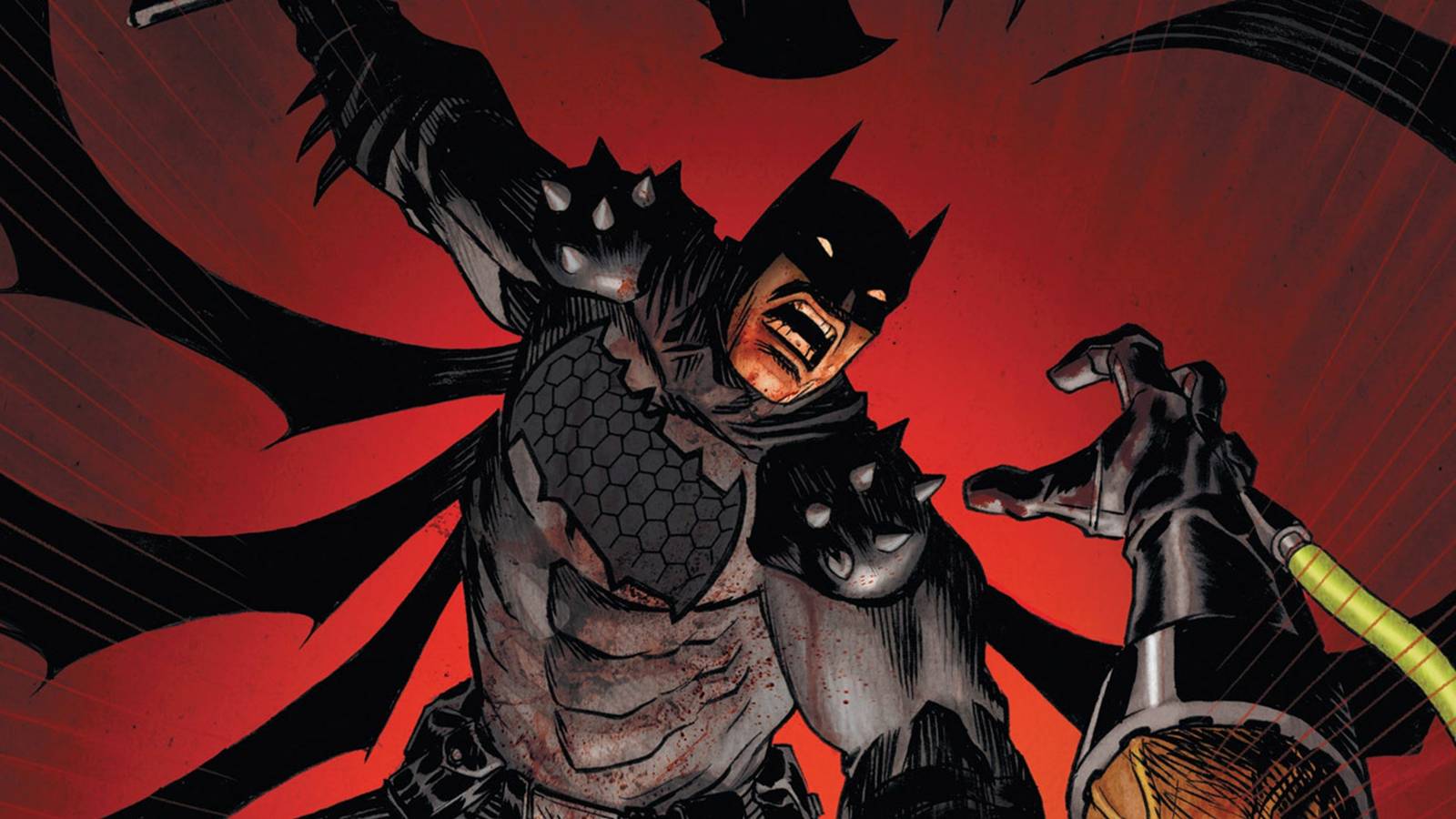

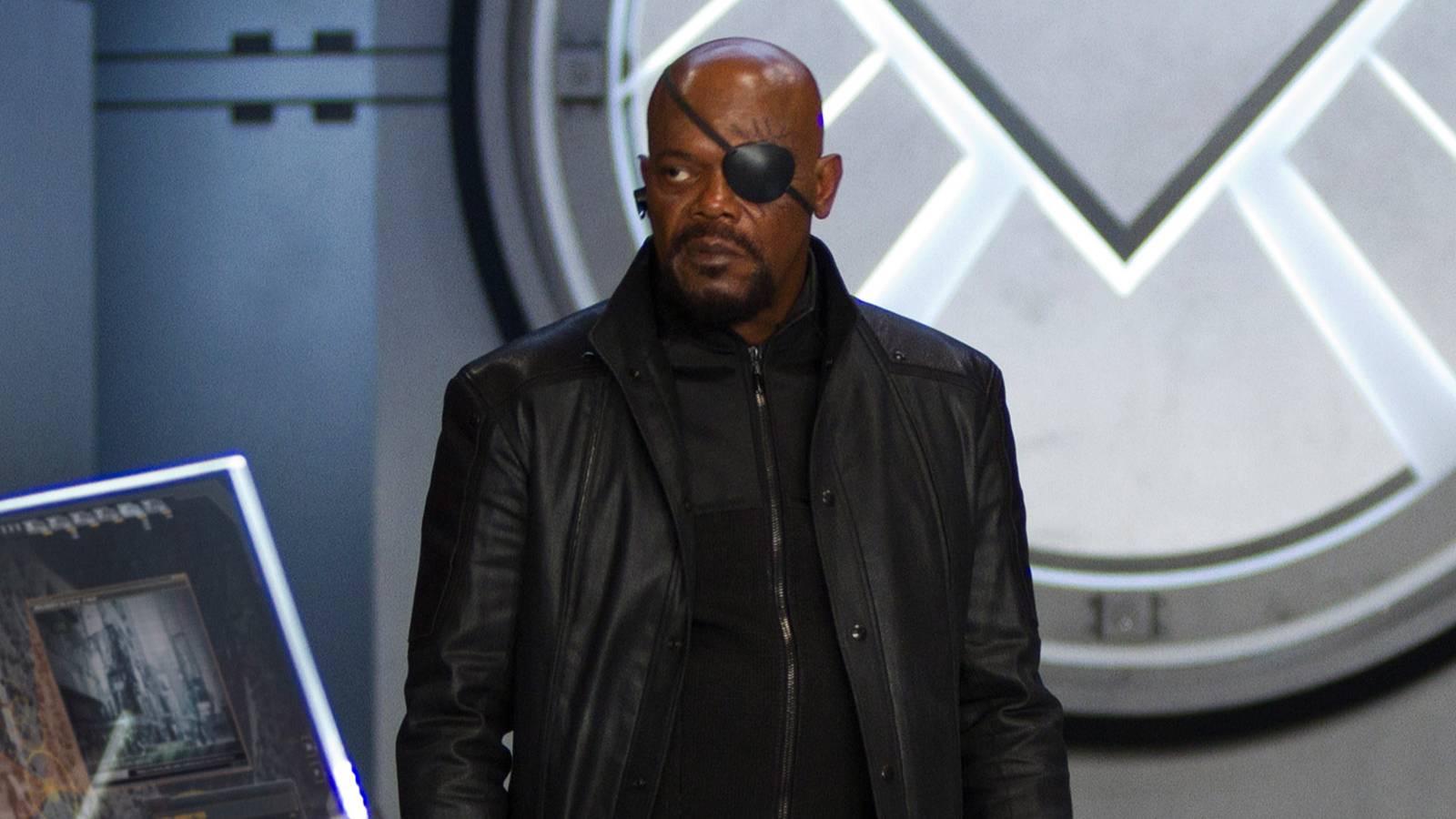



![Ghost of Yōtei First Impressions [Spoiler Free]](https://attackongeek.com/wp-content/uploads/2025/11/Ghost-of-Yotei.jpg)


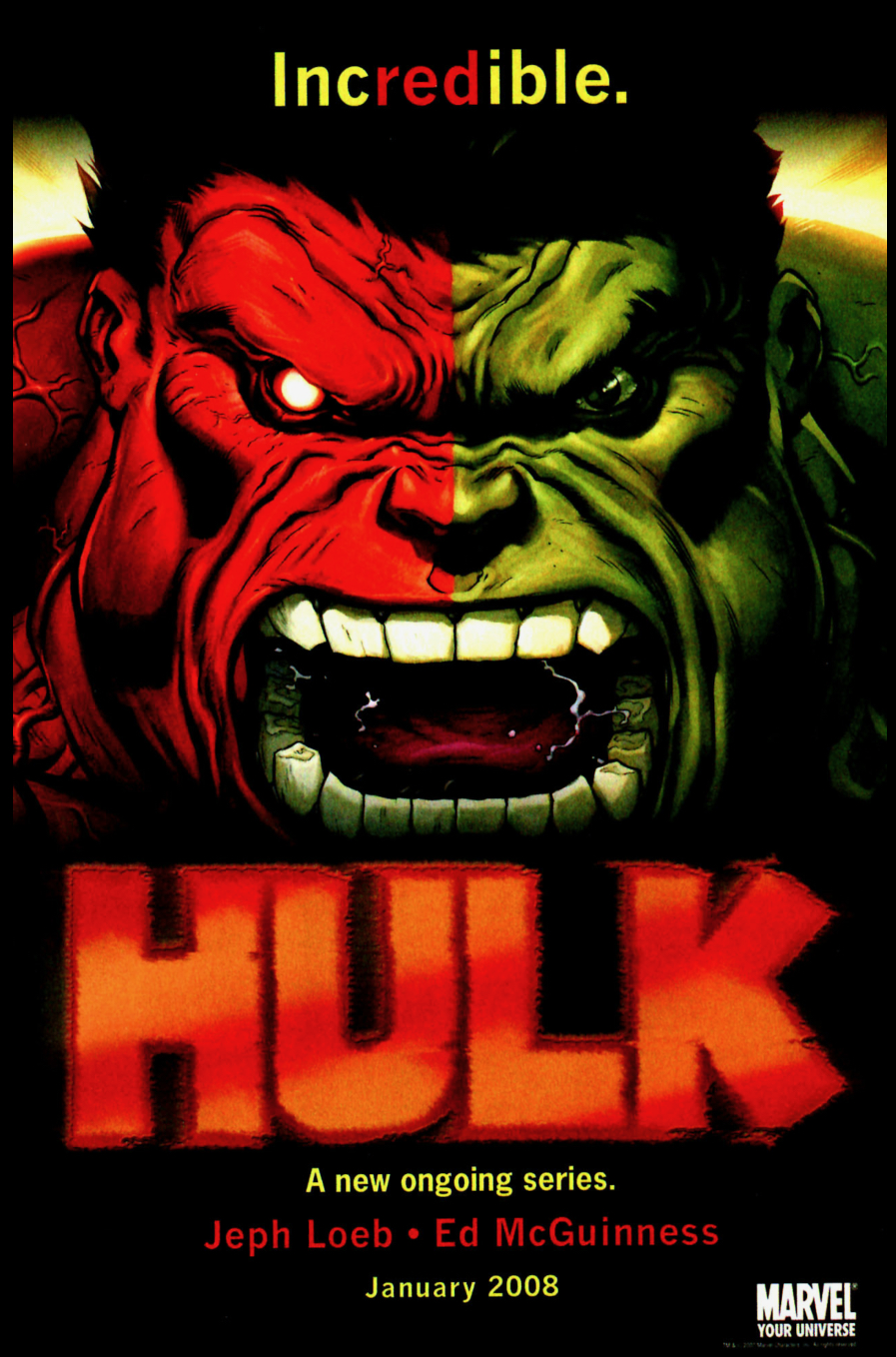
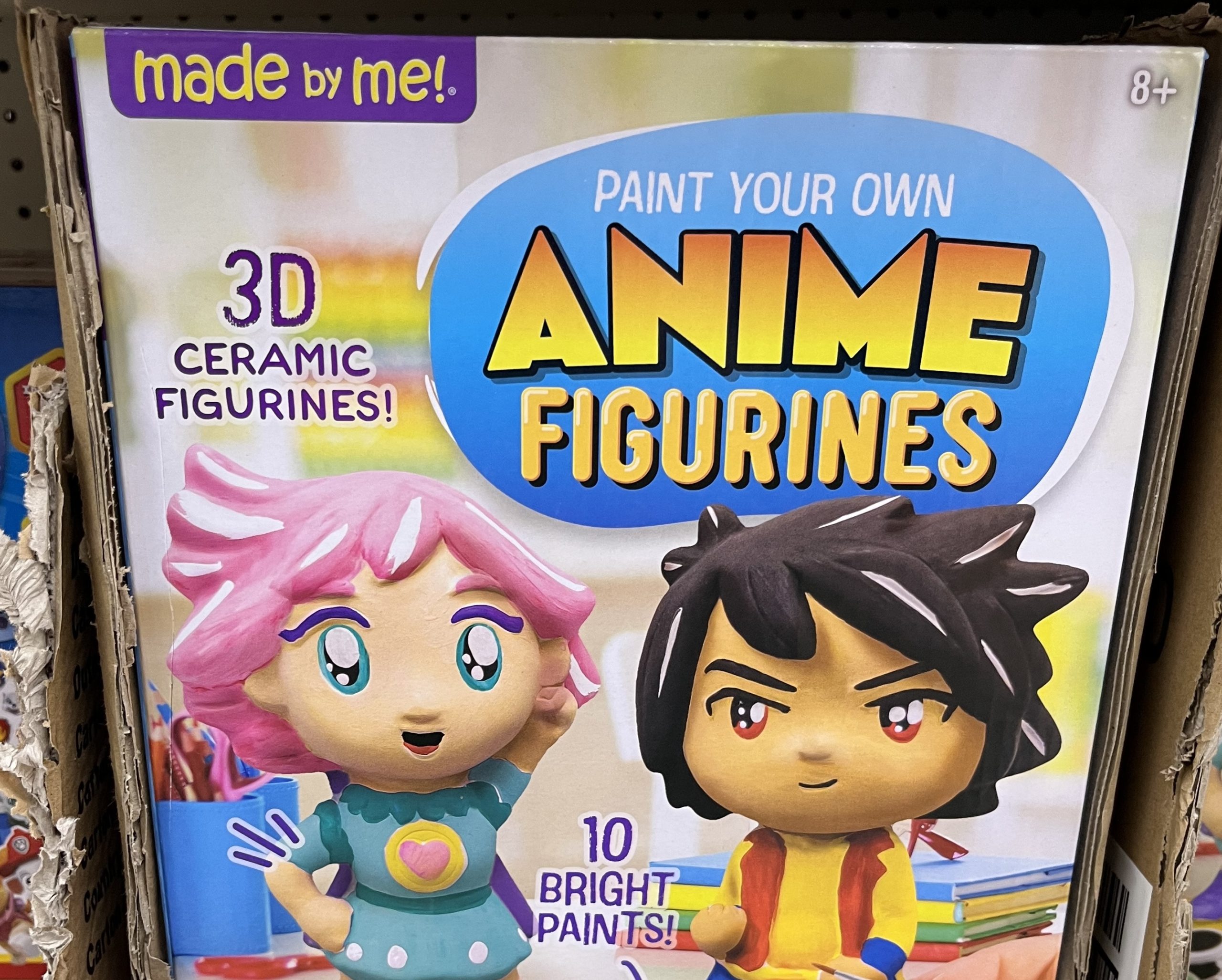
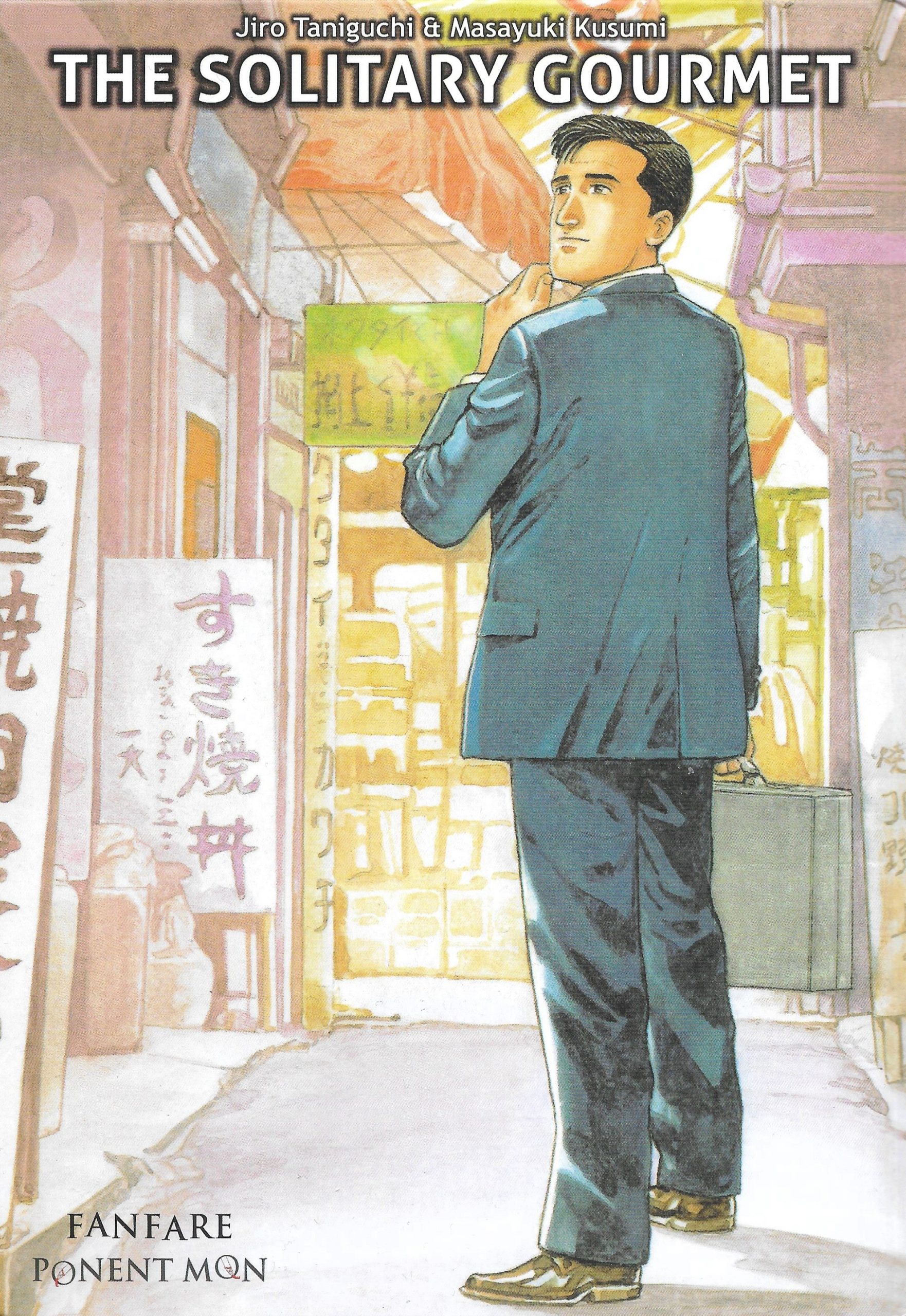
 English (US) ·
English (US) ·